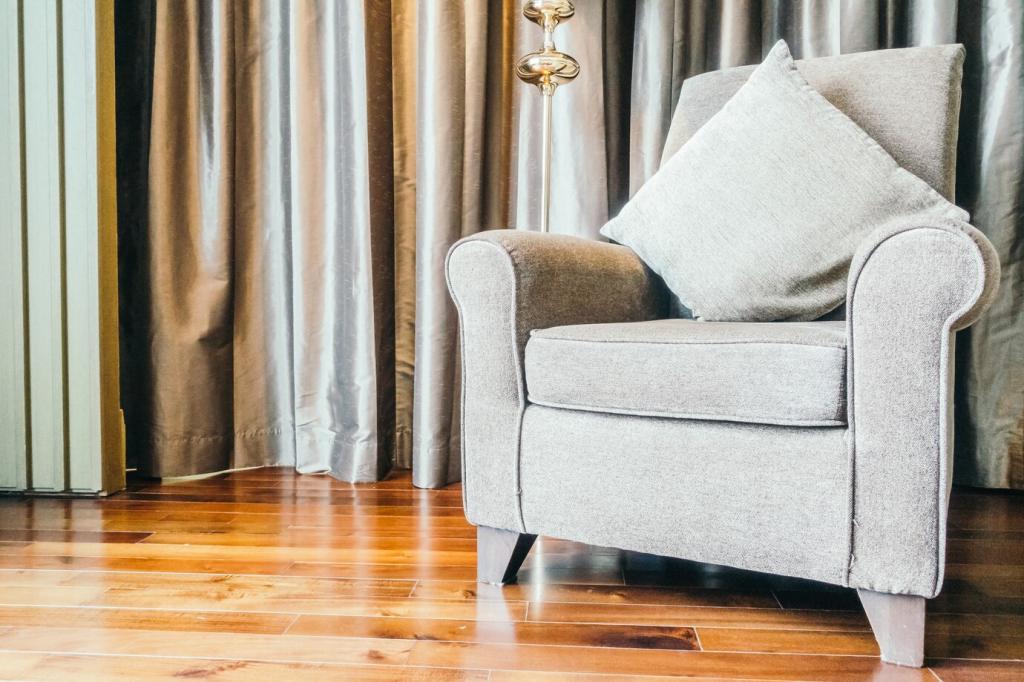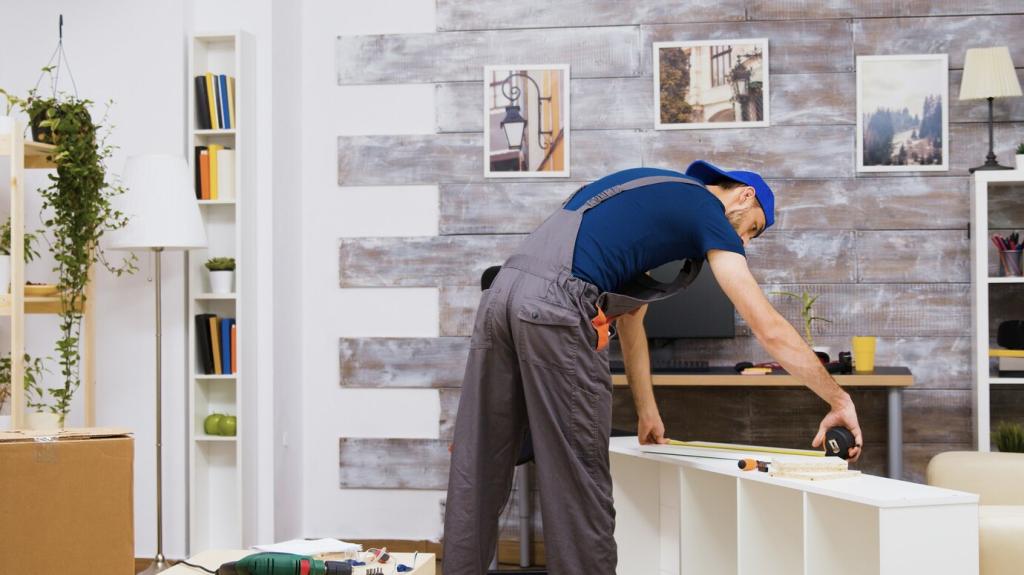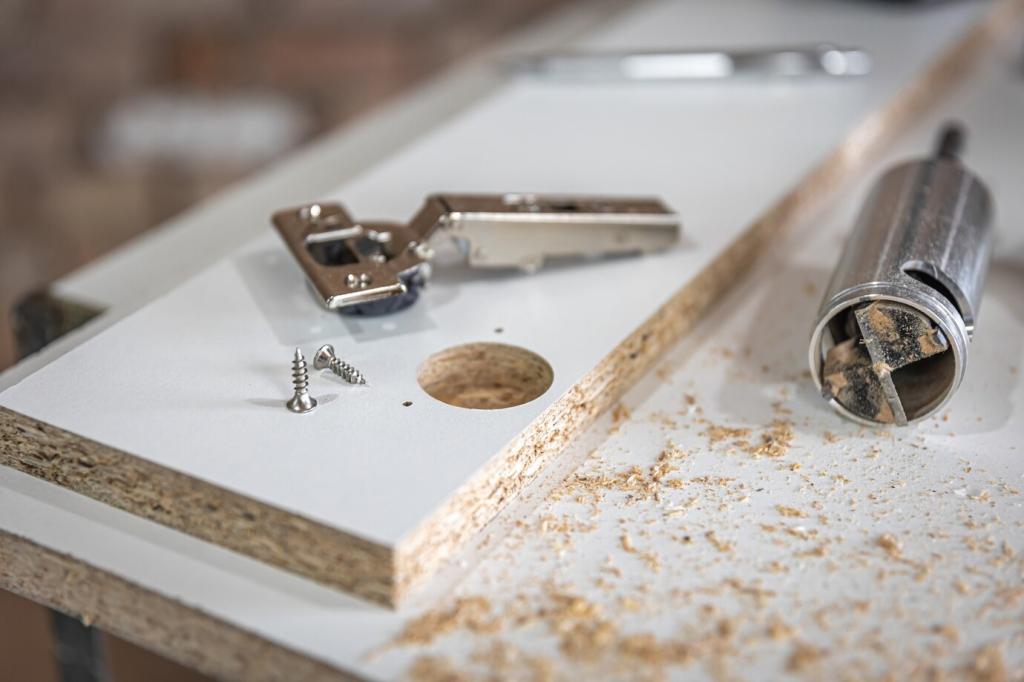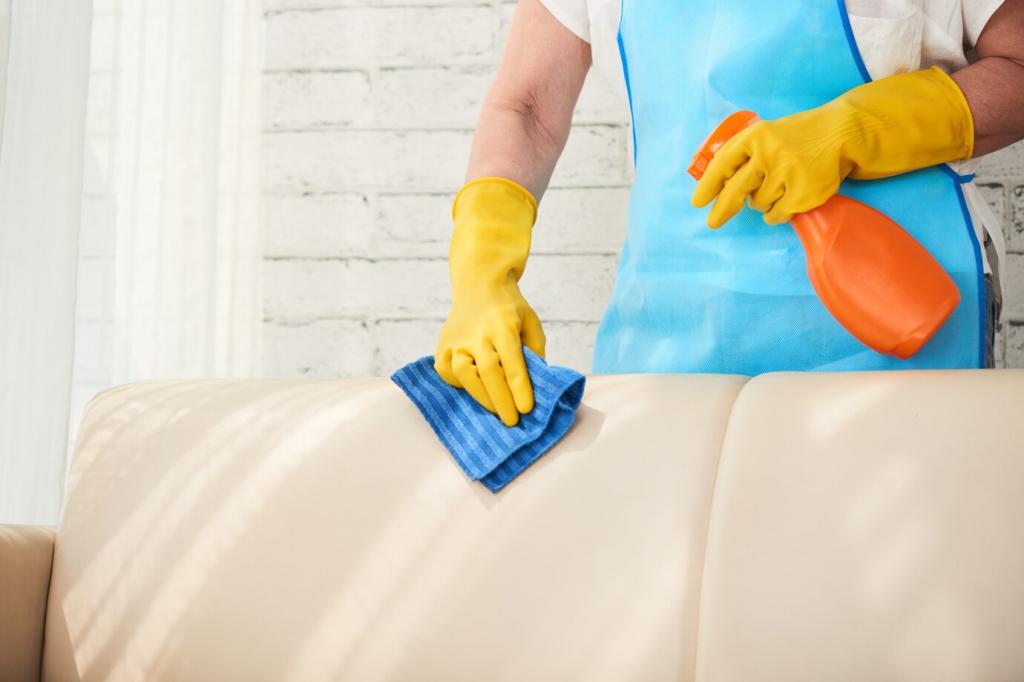Cleaning Without Erasing History
Begin with a soft, natural-bristle brush or microfiber cloth, moving with the grain to lift dust from carvings and corners. Finish with a barely damp cloth, immediately dried. What’s your favorite dusting tool for turned legs or pierced splats? Share your tricks and photos.
Cleaning Without Erasing History
For accumulated grime, try a mild solution of distilled water and a drop of pH-neutral soap on a cotton pad, followed by a careful dry. Always test in a hidden spot. Have you tried this on a darkened sideboard? Tell us what you used and how the surface responded.





